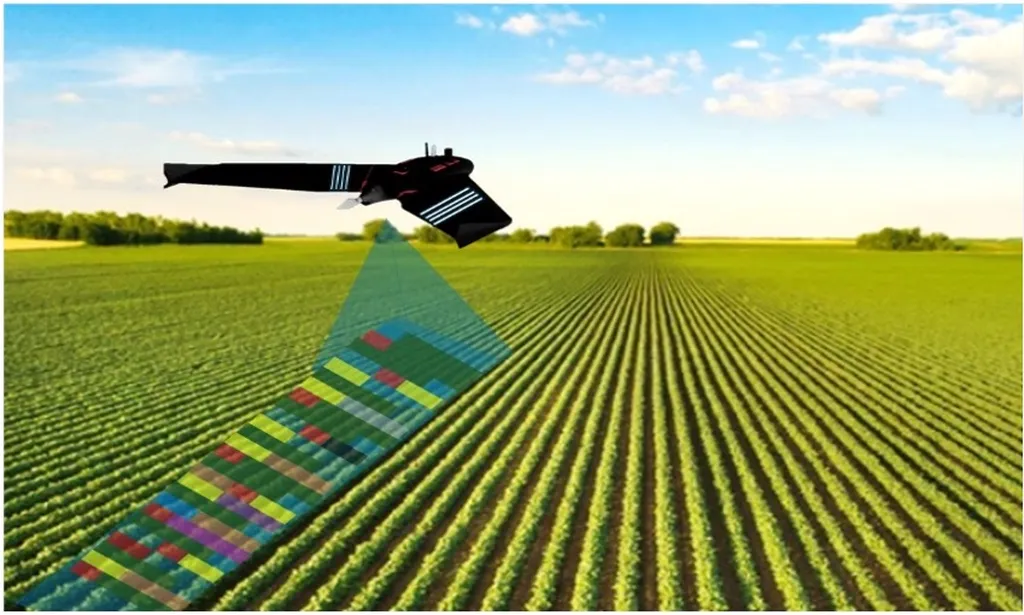In the ever-evolving landscape of agricultural monitoring, a groundbreaking study led by Jisung Geba Chang from the Hydrology and Remote Sensing Laboratory at the USDA ARS in Beltsville, MD, is set to revolutionize how we assess vegetation health using radar technology. Published in the journal *Remote Sensing* (translated to English as “Remote Sensing”), this research delves into the intricate relationship between precipitation and the Normalized Polarimetric Radar Vegetation Index (NPRVI), offering a new lens through which to view crop health and environmental monitoring.
Advanced Synthetic Aperture Radar (SAR) has long been a cornerstone of remote sensing, providing all-weather capabilities and sensitivity to vegetation biophysical parameters. However, the impact of precipitation on radar signals has remained a critical challenge. Chang’s study addresses this head-on, evaluating the sensitivity of NPRVI to precipitation using dual-polarization Sentinel-1 C-band SAR data from agricultural fields at the Beltsville Agricultural Research Center (BARC).
The research reveals that NPRVI exhibits a strong sensitivity to precipitation, particularly within the 1 to 7 hours prior to satellite overpasses. “Even small amounts of precipitation can significantly affect radar signals,” Chang notes, highlighting the importance of accounting for these factors in data interpretation. To tackle this, the study developed a quality assessment (QA) framework that flags and corrects precipitation-affected radar observations through interpolation.
One of the most compelling findings is the strong agreement between field-measured precipitation data and Global Precipitation Measurement (GPM) datasets when used for quality adjustment. Despite GPM’s coarse spatial resolution, it proved to be a viable alternative for quality adjustment, with an RMSE of 0.09 and a relative RMSE of 19.8%. This opens up new possibilities for using GPM data in agricultural and environmental monitoring, particularly in regions where field-measured data is scarce.
The adjusted NPRVI values not only improved the temporal consistency of the time series but also closely followed NDVI trends, capturing crop-specific seasonal variations. “This framework enhances the interpretability of vegetation dynamics,” Chang explains, underscoring the potential of radar-based QA in agricultural monitoring.
The implications for the energy sector are equally significant. Accurate vegetation monitoring is crucial for assessing biomass, which is a key component in bioenergy production. By improving the reliability of vegetation indices, this research can enhance the efficiency and accuracy of biomass assessments, ultimately supporting the growth of the bioenergy industry.
Looking ahead, this research paves the way for future developments in radar-based vegetation monitoring. As Chang puts it, “The proposed QA framework can serve as a reliable and complementary tool to optical vegetation indices, offering a more comprehensive understanding of vegetation health and dynamics.” This could lead to more informed decision-making in agriculture, environmental management, and energy production, driving innovation and sustainability in these sectors.
In a world where precision and accuracy are paramount, Chang’s study offers a significant step forward, bridging the gap between radar technology and practical applications in agriculture and beyond. As we continue to explore the capabilities of advanced SAR, the insights gained from this research will undoubtedly shape the future of remote sensing and environmental monitoring.

